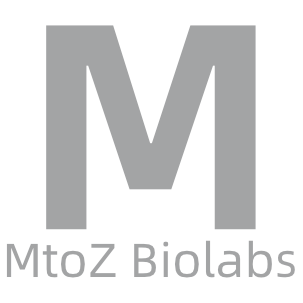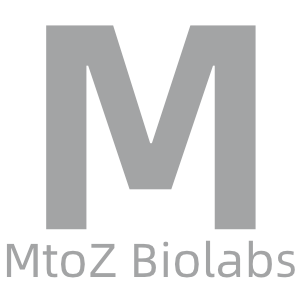Mechanism of Protein Gel and Imaging Analysis
Protein gel and imaging analysis are essential techniques in modern biological research for separating, identifying, and quantifying proteins. This technology primarily includes polyacrylamide gel electrophoresis (PAGE) and associated protein staining and imaging methods. This article delves into the mechanisms of protein gel and imaging analysis.
Mechanisms of Polyacrylamide Gel Electrophoresis (PAGE)
1. Basic Principles
Polyacrylamide gel electrophoresis leverages the differences in protein migration rates under an electric field within a gel matrix to achieve separation. The polyacrylamide gel acts as a network structure that facilitates the separation of protein molecules based on their size and charge.
2. Gel Preparation
The polyacrylamide gel is created through the free radical polymerization of acrylamide monomers and the cross-linker N,N'-methylenebisacrylamide (Bis). This reaction is catalyzed by tetramethylethylenediamine (TEMED) and ammonium persulfate (APS). By adjusting the ratio of acrylamide to Bis, the concentration and pore size of the gel can be controlled, affecting the protein separation efficiency.
3. Electrophoresis Process
Under an electric field, protein molecules migrate through the gel based on their charge and size. Smaller protein molecules can pass through the gel pores more easily, thus migrating faster, while larger protein molecules migrate slower. At the end of electrophoresis, proteins are separated into distinct bands.
Mechanisms of Protein Staining and Imaging
1. Staining Methods
To visualize proteins in the gel, staining is required. Common staining methods include Coomassie Brilliant Blue staining and silver staining. Coomassie Brilliant Blue forms a blue complex by binding to amino acid residues in proteins, making the protein bands visible. Silver staining involves binding silver ions to proteins, which are then reduced to metallic silver in the presence of a developer, producing black bands.
2. Imaging Analysis
Stained protein gels can be recorded and analyzed using imaging equipment. Common imaging devices include gel imaging systems and scanners. Modern imaging systems are typically equipped with high-resolution CCD cameras and specialized software, enabling precise recording of protein band images and quantitative analysis.
3. Data Analysis
Software analysis of the density and area of protein bands allows for the quantitative measurement of protein content. By comparing with standard protein controls, the molecular weight of unknown proteins can also be inferred. This is crucial for protein identification and functional studies.
How to order?







